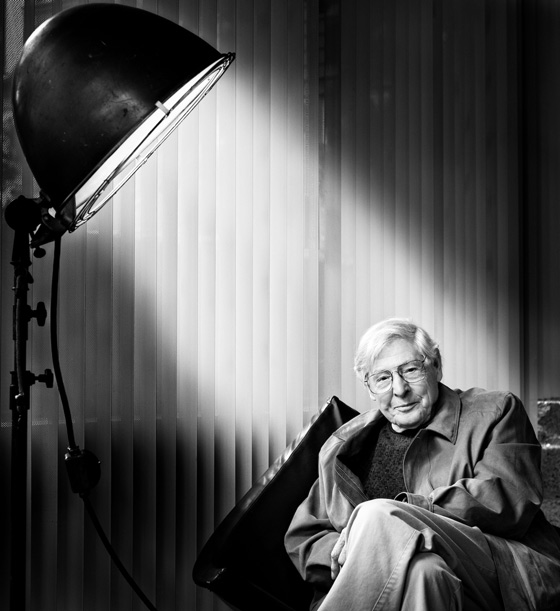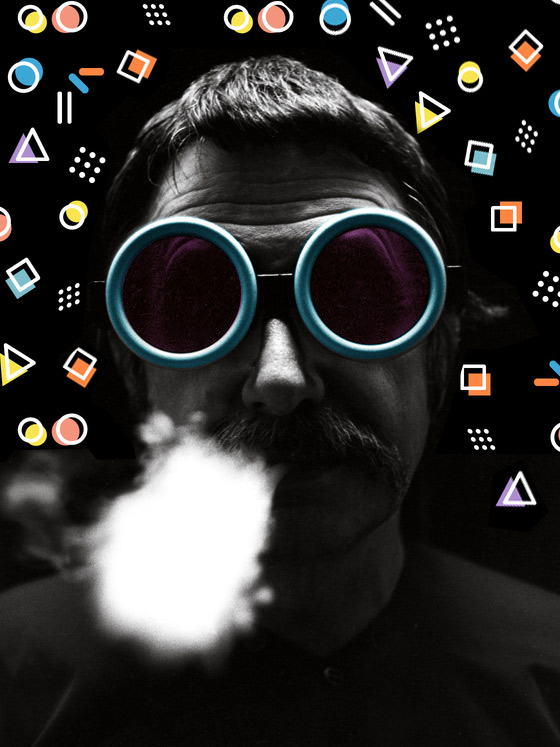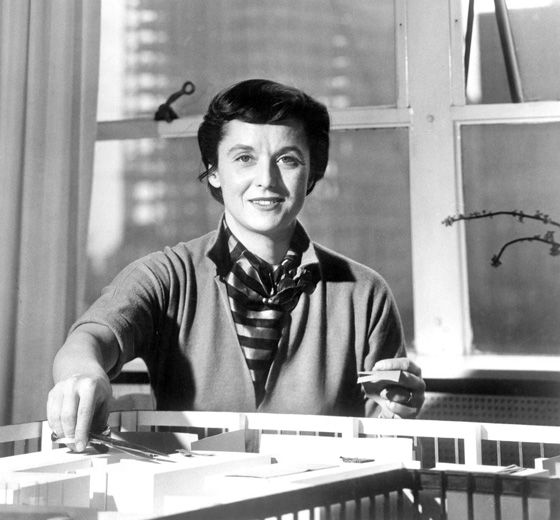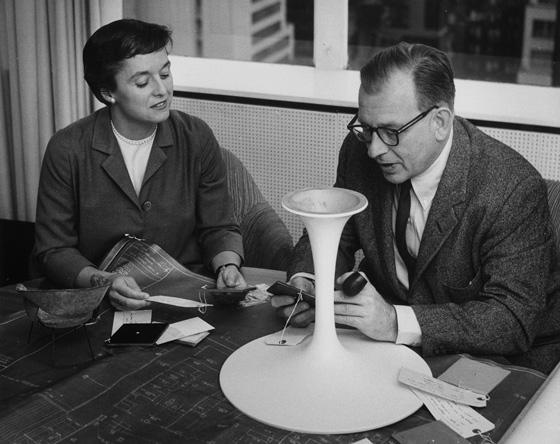Born in France. Designed in Milan. Produced in Nepal. cc-tapis is an Italian company which produces contemporary hand-knotted rugs created in Nepal by expert Tibetan artisans. The company was founded by Nelcya and Fabrizio Cantoni who have been producing hand-knotted rugs in Nepal for over 17 years. A strong respect for the materials and for the culture of this ancient craft is reflected in the company’s eco-friendly approach to every step of production, ranging from the hand spinning of the softest Himalayan wool to the use of purified rainwater for the washing of the final products, making each one of cc-tapis’ rugs unique.
Far from mass production, cc-tapis aims to offer a tailored service to those who understand and enjoy a high-end product, where a three month production time contains a story of ageless culture.
Fabrizio and Daniele introduced their new collection titled Inventory, designed by Faye Toogood. cc-tapis works with a wide array of designers, such as Patricia Urquiola, Chiara Andreatti, Martino Gamper, Parisotto + Formenton, Alex Proba, and Mae Engelgeer.




